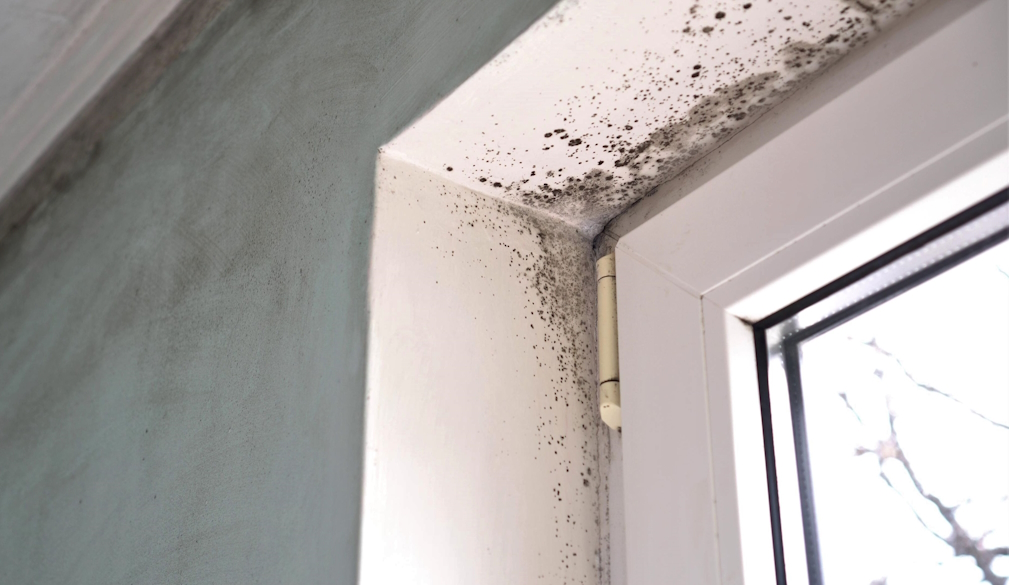Mould and mozzies the next battleground for flood-affected areas of Australia

As if those living in flood affected areas of Australia didn’t have enough to contend with, the warm and moist conditions are creating the perfect breeding ground for mould and mozzies, both of which can lead to serious health conditions.
Mould is a resilient organism that thrives in environments with elevated moisture levels, whereas mozzies can spread diseases such as Ross River Fever and Japanese encephalitis virus.
“These devastating floods are bad enough, but now the residents are being exposed to the potential to contract various infections and diseases,” says Daniel Seldon from Aussie Pharma Direct.
“Breathing air contaminated with mould can lead to respiratory issues and cause allergic reactions. It’s a problem particularly for anyone with a pre-existing condition such as asthma or chronic bronchitis. Even for those without prior respiratory issues, exposure to mould-infested air can lead to symptoms like coughing, wheezing, and shortness of breath.
“Mould is a known allergen, capable of triggering allergic reactions such as sneezing, nasal congestion, itchy or watery eyes, and skin irritation. It can also cause headaches, fatigue, and difficulty concentrating.”
How to remove mould from your home
“Once the flood waters recede, removing moisture from your home is a key step in the flood recovery process,” says Seldon. “Open doors and windows, sweep any standing water out of your home, and use fans and humidifiers to blow the moisture outside.
“Gather the necessary supplies such as gloves, face masks, gum boots, something to scrape the mould away (such as a screwdriver), a soft brush, a wet vacuum cleaner, and some rags.
“Common cleaning products such as bleach can react with biological tissues, and can exacerbate the reaction someone may be having to the mould itself, so using a non-toxic option such as SAN-AIR Surface Mould Remover which is extremely safe for human contact is a good option. The trick is to ensure that any mould spores left from the mould contamination don’t germinate and grow,” says Seldon.
Soft items like carpeting, mattresses, upholstered furniture, and books need to be thrown out, as anything that can’t be quickly cleaned and dried out can be a breeding ground for future mould infestation.
How to avoid mosquito-borne disease
Remove any water in and around your home so mosquitoes can’t breed.
Wear long, loose fitting clothes to reduce the amount of exposed skin.
Avoid outdoor exposure, particularly at dawn and in the early evening.
Prioritise the repair and installation of fly screens to stop mosquitoes from entering your home.
Liberally apply an effective mosquito repellent like Good Riddance if you think you are going to be somewhere favoured by mosquitoes.
Use insect surface sprays both inside and outside the house to kill mosquitoes.
“The twin threats of mould and mozzies are an unfortunate aftermath of flooding, but with the necessary repatriation efforts, the risks can be reduced,” states Seldon.

